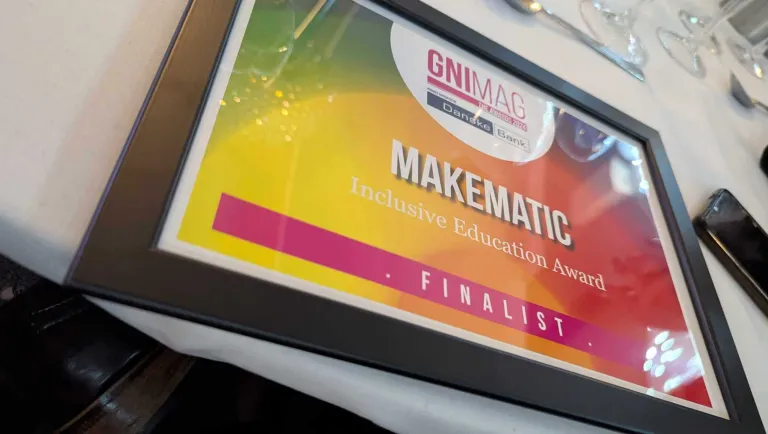
Everyone is talking about bite-sized learning. Does it actually work? (Part 2)
13th August 2018
In the previous blog post I talked about what empirical research tells us about the effectiveness of bite-sized learning. In this article I’ll look at what the critics have to say and how you can apply bite-sized principles in the classroom, or in your own professional development.
Now it's time to hear from the critics ...
The critics have said many things about bite-sized learning. In summary, critics have said it's a cheapskate fad to cut time, reduce training budgets, is often delivered badly, lacks context and very few studies have evaluated its effectiveness.Whilst in some contexts the criticisms above are valid; a bite-sized approach to professional development and teaching can aid motivation, engagement and retention. Although bite-size learning is less effective when learning complex skills, processes, or behaviours, that doesn't mean that bite-sized approaches can't be used as a part of that learning.So, where do you start?
When looking at bite-sized learning we need to start by looking at where it has worked, and replicate the approach in our context. Where does it work best?Bite-sized learning works best when it’s used with other learning in a blended approach, and when learners have autonomy over what they are learning.
Over to you
Whether you engage in bite-sized learning as part of your own professional learning journey, or you embrace bite-sized learning principles into your teaching practice, what’s important to remember are the following:- Bite-sized learning needs rigorous planning. It’s not about cutting up a module into bits and pieces and delivering it that way. It’s about clear ideas and concepts explained in easily digestible chunks.
- Bite-sized learning experiences can take many forms, including: videos, articles, infographics, activities, games or microblogging.
- A blended learning approach is the best way to implement bite-sized learning design into your classroom. Blended approaches work best for professional development too.
Bite-sized Learning Uncovered: Microblogging
Have you ever considered using microblogging platforms like Yammer, Slack or Twitter in your classroom or for professional development?Here’s how one company used microblogging ...
A multinational organisation in the ICT sector used Yammer as the platform to deliver bite-sized learning units from subject matter and knowledge experts to those within their organisation. They found success in using it to disseminate information to all departments to ensure they are on the same page.
Are you on Twitter?
Twitter is my favourite micro-blogging site for professional development. Now, I’m not going to lie, I avoided Twitter like the plague until about 6 weeks ago. Now I’m on it, I wish it hadn’t taken me so long! I’d read a lot of bad press about it, and yes, if you follow certain individuals you will definitely see things you wish you hadn’t. But you can make choices about what you want to see and who you want to engage with. Not only have I increased my professional network, all around the world, I have been introduced to such a lot of really useful bite-sized resources, many of which I have shared via Twitter and to my other networks as well. What’s not to like about that?Not sure how to get started on Twitter? Watch this video and you'll be as hooked on Twitter as I am.Tara Walsh - Senior Learning Designer
Connect with Tara on Twitter:@TaraWalshNinjaLet's Work together
We’re a team of media professionals and educators that want to inspire a generation of global learners through smart, engaging educational content they love.
More about our services
Technology
Education
Professional Learning


Makematic Finalists in Inclusive Education Award

Makematic Partners with Rebel Girls for New Video Series
Follow us
